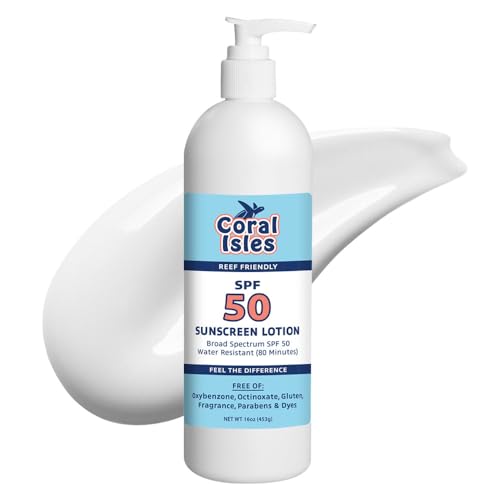OK Wayupnorth your turn. First lets look at the Ocean Motions unit. This unit is basically a box with a slow moving cam inside it. The box has several output ports in it and as the cam turns it moves the flow from one out put to another.
The speed of this works out to about 15 seconds of flow time for each output. This means we would be moving your whole pumps worth of flow through each outlet for 15 seconds and then moving on to the next. So if you take just one output from the OM unit and plumb it into the tank, you will be blowing that whole 5500 gph hammerhead worth of flow to that output. If the out put is less then a 1 1/2 into the tank you will kill the pumps flow, as in if you drill a 3/4 inch input into the tank your hammerhead will only produce around 2000gph at best. also the speed of the om works out to be about 15 seconds per output, making it more of an oscilator.
SO here are the choices. If you are going to use the OM 4 way and you only want to have the 4 outputs go into your tank, it would not make sence to use the hammerhead as you will just kill the flow from it as you reduce the inputs to 3/4 or 1 inch. If you go 1 1/2 inch all the way it would be to much of a blast. So best then to go with a pump that has a smaller output, say like a iwalkie (pressure) this way you dont kill the flow by reducing it.
Or the other option will be to continue to use the hammer head and the 4 way, but use multiple outputs off each outlet of the OM. this way you wouldnt loose to much flow fromm the pump.
Also thier are a few versions of the om, which one is yours??
Version 1 - has outlets running sequentially, (ie) 1, 2, 3 , 4.
Version 2 - will give a delayed sequence 1 & 2, 2 & 3, 3 & 4, 4 & 1
Version 3 - has them opposed,( ie) 1 & 3, 4 & 2, repeated
mike


























![Right Angle Clamp, Housolution [4 PACK] Single Handle 90° Aluminum Alloy Corner Clamp, Right Angle Clip Clamp Tool Woodworking Photo Frame Vise Holder with Adjustable Swing Jaw - Orange](https://m.media-amazon.com/images/I/51mjzFe3pQL._SL500_.jpg)






































